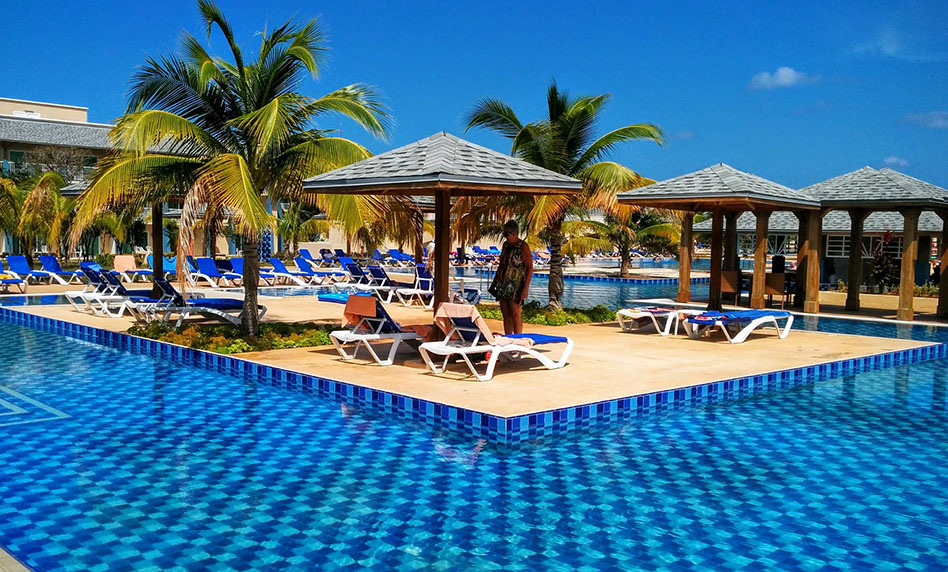
Jardines del Rey continues to be a pillar of tourism in Cuba
Havana, Aug. 18 (RHC) The Jardines del Rey region of Cuba continues to be one of the most attractive places for travelers to this archipelago.
It is a very natural area with many amenities. The central-northern zone of Cuba includes an area of cays of great tourist development based on the charms of nature, an emblematic landscape that is very well known in the world.
It is the fourth most developed tourist region in the country in terms of hotel capacity (after Havana, Varadero and Holguín).
This name, Jardines del Rey (King's Gardens), which has become a trademark, groups several keys with tourist potential in the Sabana-Camagüey archipelago and was given by the Spanish explorer Diego Velázquez, who wanted to honor King Ferdinand the Catholic between 1513 and 1514.
Therefore, this name was the official name of these places until the beginning of the 20th century.
An abandoned place, frequented only by charcoal burners and fishermen with temporary settlements, it became an ideal place for a perfect vacation.
It was also immortalized by the American writer Ernest Hemingway in his book Islands in the Gulf, where he even chased German submarines during the Second World War.
Cayo Coco is the fourth largest island in the Cuban archipelago and the main axis of the area, named after the Coco bird or ibis of the forest, white and with a curved beak.
But there are also the keys of Guillermo, Cruz and Paredón Grande, included in the tourist development plans with a potential of up to 22,000 rooms.
Cayo Coco has 370 square kilometers and 22 kilometers of beach, while Cayo Guillermo has 13 square kilometers and almost six kilometers of beaches, including Pilar, with the largest sand dune in the Caribbean (15 meters high), according to official reports.
Paredón Grande, the other key of the place, has eight kilometers of beaches, and the fourth in importance is Antón Chico. In these places there are more than 200 species of birds, symbolized by the pink flamingo, and a flora with about 385 species, including 28 endemic ones.
The beaches are the main attraction of the place, with a total of 38 kilometers in extension, and despite being narrow, their waters are crystalline and the bottoms are low. (Source: PL)

